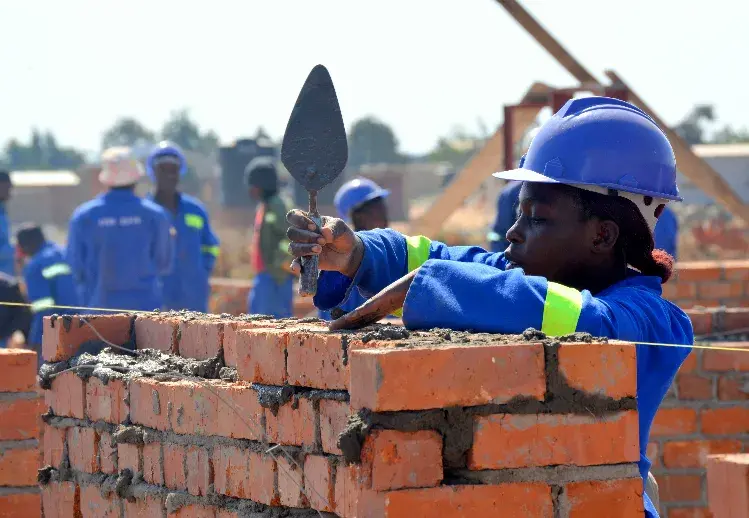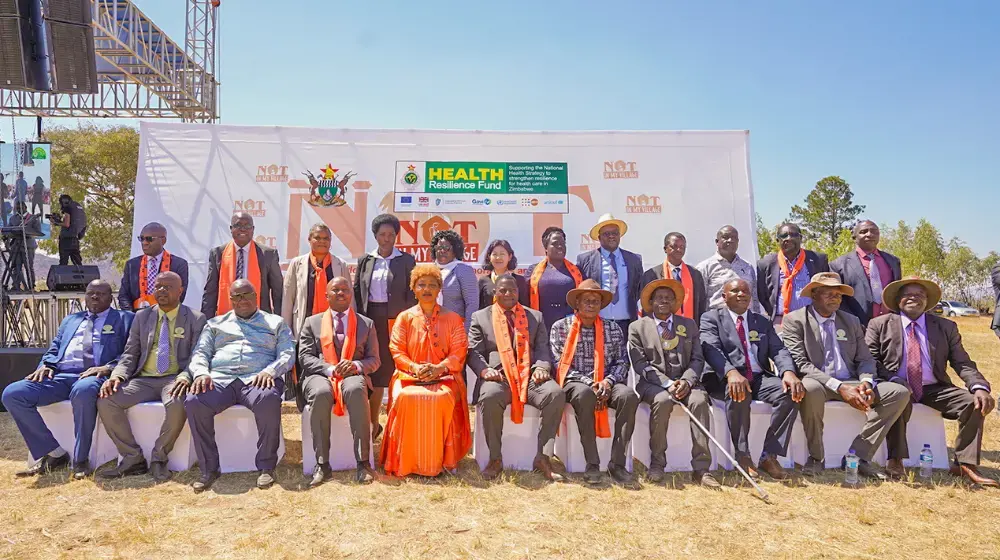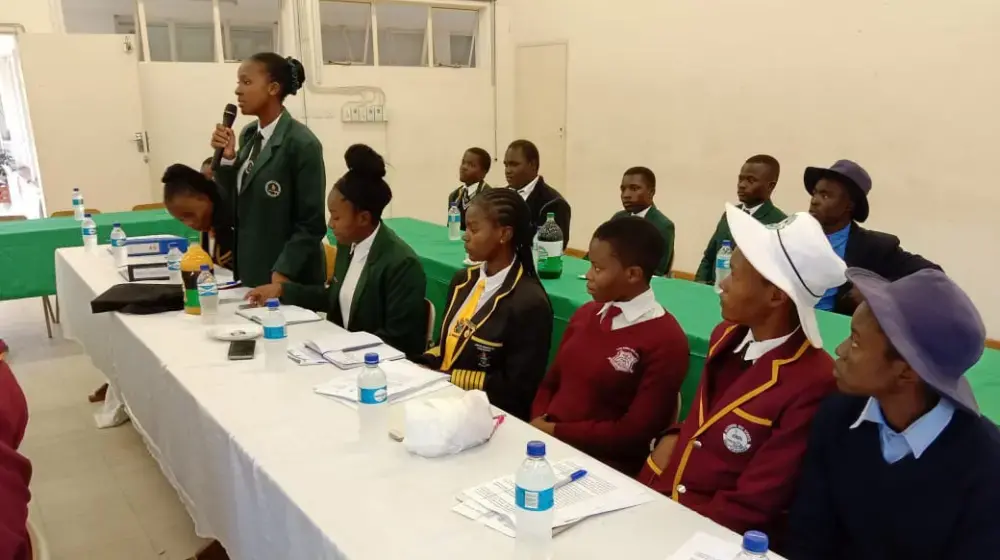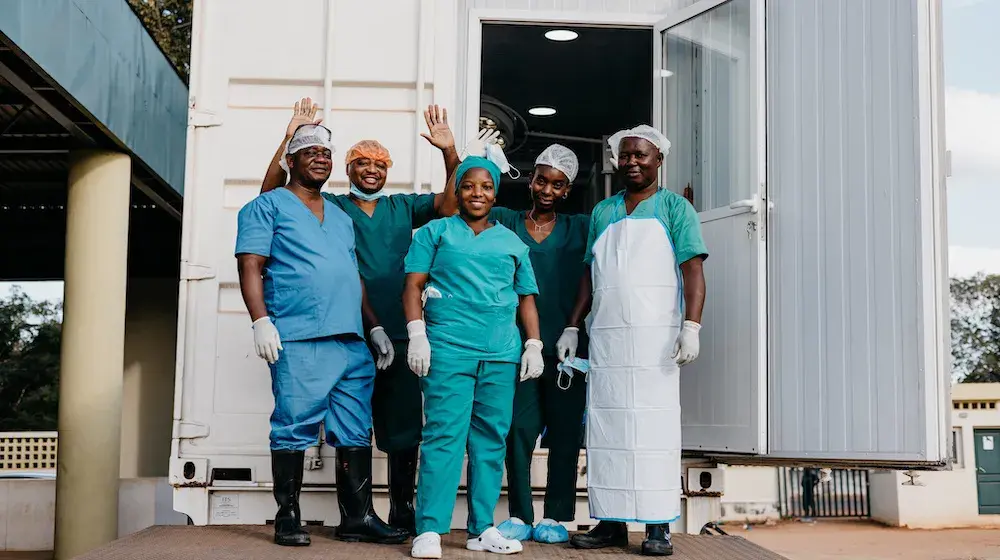In order to address key development challenges faced by adolescents and young people throughout Zimbabwe, UNFPA and ILO are partnering to implement a multi-sectoral programme targeting vulnerable adolescents and young people. The Joint Programme for Adolescent and Youth Development (JYAPD) aims to improve education, skills and economic opportunities as well as increase access to and use of sexual and reproductive health services among 10-24 year olds in particularly disadvantaged contexts throughout Zimbabwe. The ultimate goal of JYAPD is to reduce unwanted pregnancies and early marriage among the younger cohorts, and improve young people’s empowerment and participation so they grow up to lead healthy, productive lives.
Following selection of JPAYD focus age groups and districts, UNFPA commissioned an integrated quantitative and qualitative baseline needs assessment in one target community. Hopley is a peri-urban district located on the outskirts of Harare, and is characterised by high levels of migration, poor infrastructure, and low education and employment rates. The purpose of the needs assessment was to collect statistical information on key indicators that the JPAYD hopes to impact over the course of the programme (e.g. adolescent fertility rates, HIV prevention, experiences of violence, etc.) as well as to gain a deeper understanding of young people’s experiences of marginalisation and vulnerability.
The study was thus composed of both a cross-sectional survey to set a representative benchmark for change over time, and a rapid participatory appraisal to capture young people’s own perceptions of the barriers and challenges they confront prior to introduction of JPAYD activities.





